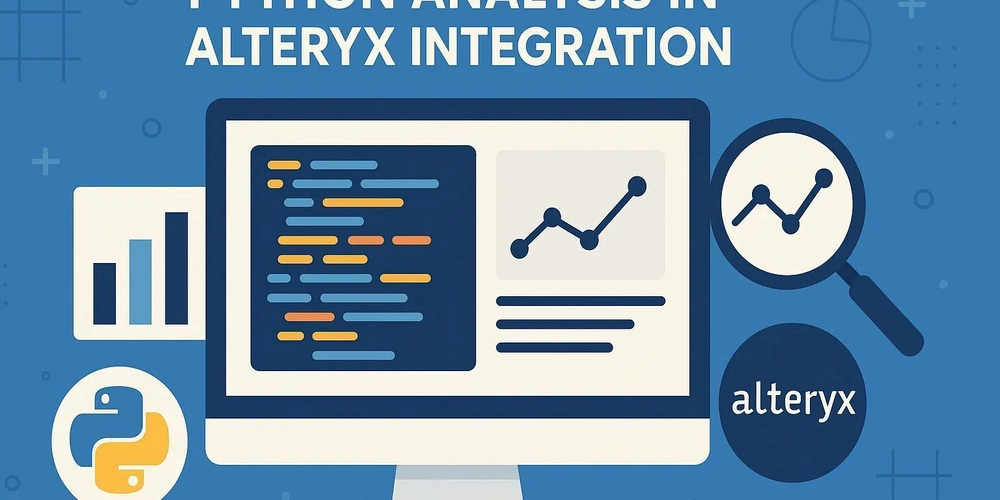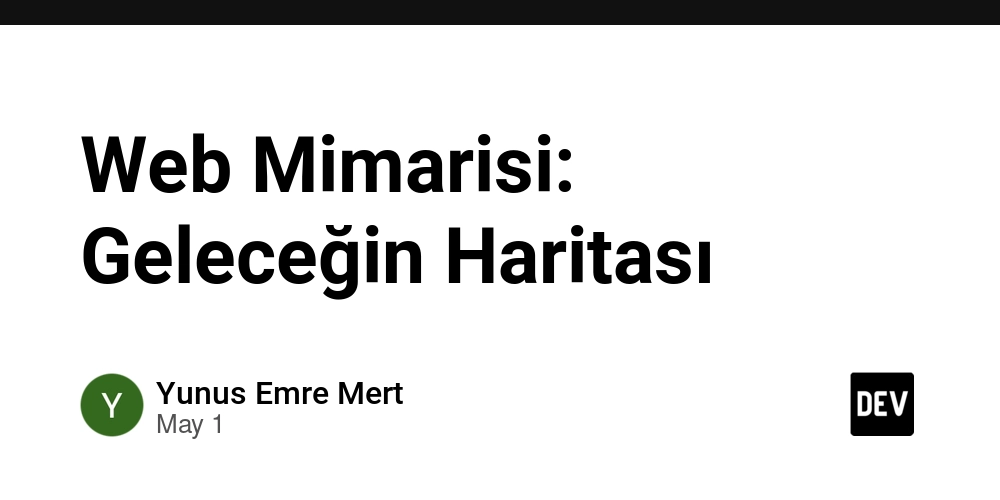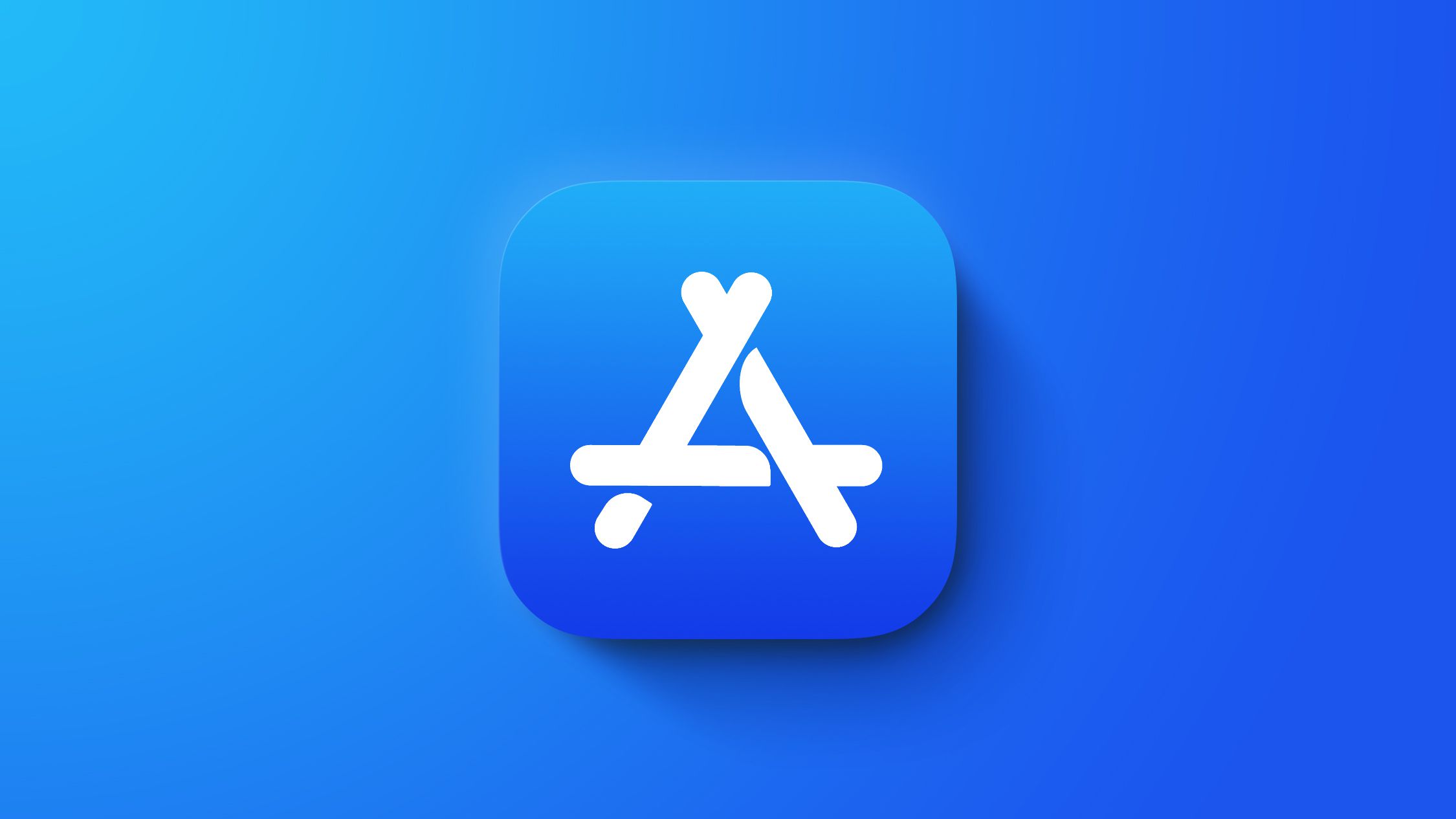#35 Python & Alteryx Integration: Unlocking Advanced Analytics
Introduction Alteryx is a powerful data analytics platform known for its intuitive workflow-based approach to data preparation, blending, and advanced analytics. While Alteryx provides a rich set of built-in tools, integrating Python into Alteryx workflows unlocks even greater flexibility, allowing users to leverage Python’s extensive libraries for statistical analysis, machine learning, and custom data transformations. This article explores the possibilities of using Python within Alteryx, covering: Why Use Python in Alteryx? Setting Up Python in Alteryx Key Python Libraries for Data Analysis Common Use Cases Best Practices and Limitations 1. Why Use Python in Alteryx? Alteryx excels at drag-and-drop data processing, but Python integration enhances its capabilities by: Extending Functionality: Access advanced statistical, machine learning, and visualization libraries (e.g., Pandas, Scikit-learn, Matplotlib). Custom Scripting: Perform complex transformations not natively supported in Alteryx. Automation: Seamlessly integrate Python scripts into Alteryx workflows for batch processing. Open-Source Ecosystem: Leverage thousands of Python packages for specialized tasks (e.g., NLP, time-series forecasting). 2. Setting Up Python in Alteryx To use Python in Alteryx, follow these steps: Prerequisites Alteryx Designer installed. Python (preferably Anaconda or a standalone installation). Configuration Enable Python in Alteryx: - Go to **Options** > **User Settings** > **Edit User Settings**. - Under **Python**, specify the Python executable path (e.g., `C:\Python\python.exe`). Install Required Libraries: Use pip to install necessary packages: pip install pandas numpy scikit-learn matplotlib Use the Python Tool in Workflows: Drag the Python Tool from the Developer tab into your workflow. 3. Key Python Libraries for Data Analysis Python’s rich ecosystem enhances Alteryx workflows. Key libraries include: Library Use Case Example Alteryx Integration Pandas Data manipulation & cleaning Replace Alteryx data preparation steps NumPy Numerical computing Advanced mathematical operations Scikit-learn Machine learning models Predictive modeling in workflows Matplotlib/Seaborn Data visualization Custom charts beyond Alteryx tools Statsmodels Statistical analysis Regression, hypothesis testing 4. Common Use Cases A. Advanced Data Wrangling Pandas can handle complex joins, filtering, and aggregations: import pandas as pd # Read input from Alteryx df = pd.read_csv(r"{{input_file}}") # Clean and transform data df['Sales'] = df['Sales'].fillna(0) df['Profit_Ratio'] = df['Profit'] / df['Sales'] # Output to Alteryx df.to_csv(r"{{output_file}}", index=False) B. Machine Learning Integration Train models using Scikit-learn: from sklearn.linear_model import LinearRegression # Prepare data X = df[['Feature1', 'Feature2']] y = df['Target'] # Train model model = LinearRegression() model.fit(X, y) # Predict and output df['Prediction'] = model.predict(X) df.to_csv(r"{{output_file}}", index=False) C. Custom Visualizations Generate plots with Matplotlib: import matplotlib.pyplot as plt plt.scatter(df['Sales'], df['Profit']) plt.xlabel('Sales') plt.ylabel('Profit') plt.savefig(r"{{output_image_path}}") D. Text & NLP Processing Use NLTK or SpaCy for text analysis: import nltk from nltk.tokenize import word_tokenize df['Tokenized_Text'] = df['Text_Column'].apply(word_tokenize) 5. Best Practices & Limitations Best Practices ✔ Modularize Code: Write reusable Python functions. ✔ Error Handling: Use try-except blocks for robustness. ✔ Optimize Performance: Avoid loops; use vectorized Pandas operations. ✔ Document Dependencies: List required libraries in workflow notes. Limitations ⚠ Performance Overhead: Large datasets may slow down Python execution. ⚠ Version Conflicts: Ensure Python versions align between Alteryx and scripts. ⚠ Debugging Challenges: Errors may require external Python IDEs for troubleshooting. Conclusion Integrating Python with Alteryx bridges the gap between no-code analytics and advanced data science. By leveraging Python’s libraries, users can perform sophisticated analyses while maintaining Alteryx’s workflow efficiency. Whether for predictive modeling, custom visualizations, or text mining, Python empowers Alteryx users to push the boundaries of data analytics. Next Steps: Experiment with small Python scripts in Alteryx. Explore Alteryx’s Python SDK for deeper integration. Combine Alteryx’s ETL strengths with Python’s ML capabilities for end-to-end solutions.

Introduction
Alteryx is a powerful data analytics platform known for its intuitive workflow-based approach to data preparation, blending, and advanced analytics. While Alteryx provides a rich set of built-in tools, integrating Python into Alteryx workflows unlocks even greater flexibility, allowing users to leverage Python’s extensive libraries for statistical analysis, machine learning, and custom data transformations.
This article explores the possibilities of using Python within Alteryx, covering:
- Why Use Python in Alteryx?
- Setting Up Python in Alteryx
- Key Python Libraries for Data Analysis
- Common Use Cases
- Best Practices and Limitations
1. Why Use Python in Alteryx?
Alteryx excels at drag-and-drop data processing, but Python integration enhances its capabilities by:
- Extending Functionality: Access advanced statistical, machine learning, and visualization libraries (e.g., Pandas, Scikit-learn, Matplotlib).
- Custom Scripting: Perform complex transformations not natively supported in Alteryx.
- Automation: Seamlessly integrate Python scripts into Alteryx workflows for batch processing.
- Open-Source Ecosystem: Leverage thousands of Python packages for specialized tasks (e.g., NLP, time-series forecasting).
2. Setting Up Python in Alteryx
To use Python in Alteryx, follow these steps:
Prerequisites
- Alteryx Designer installed.
- Python (preferably Anaconda or a standalone installation).
Configuration
- Enable Python in Alteryx:
- Go to **Options** > **User Settings** > **Edit User Settings**.
- Under **Python**, specify the Python executable path (e.g., `C:\Python\python.exe`).
-
Install Required Libraries:
Usepipto install necessary packages:
pip install pandas numpy scikit-learn matplotlib Use the Python Tool in Workflows:
Drag the Python Tool from the Developer tab into your workflow.
3. Key Python Libraries for Data Analysis
Python’s rich ecosystem enhances Alteryx workflows. Key libraries include:
| Library | Use Case | Example Alteryx Integration |
|---|---|---|
| Pandas | Data manipulation & cleaning | Replace Alteryx data preparation steps |
| NumPy | Numerical computing | Advanced mathematical operations |
| Scikit-learn | Machine learning models | Predictive modeling in workflows |
| Matplotlib/Seaborn | Data visualization | Custom charts beyond Alteryx tools |
| Statsmodels | Statistical analysis | Regression, hypothesis testing |
4. Common Use Cases
A. Advanced Data Wrangling
Pandas can handle complex joins, filtering, and aggregations:
import pandas as pd
# Read input from Alteryx
df = pd.read_csv(r"{{input_file}}")
# Clean and transform data
df['Sales'] = df['Sales'].fillna(0)
df['Profit_Ratio'] = df['Profit'] / df['Sales']
# Output to Alteryx
df.to_csv(r"{{output_file}}", index=False)
B. Machine Learning Integration
Train models using Scikit-learn:
from sklearn.linear_model import LinearRegression
# Prepare data
X = df[['Feature1', 'Feature2']]
y = df['Target']
# Train model
model = LinearRegression()
model.fit(X, y)
# Predict and output
df['Prediction'] = model.predict(X)
df.to_csv(r"{{output_file}}", index=False)
C. Custom Visualizations
Generate plots with Matplotlib:
import matplotlib.pyplot as plt
plt.scatter(df['Sales'], df['Profit'])
plt.xlabel('Sales')
plt.ylabel('Profit')
plt.savefig(r"{{output_image_path}}")
D. Text & NLP Processing
Use NLTK or SpaCy for text analysis:
import nltk
from nltk.tokenize import word_tokenize
df['Tokenized_Text'] = df['Text_Column'].apply(word_tokenize)
5. Best Practices & Limitations
Best Practices
✔ Modularize Code: Write reusable Python functions.
✔ Error Handling: Use try-except blocks for robustness.
✔ Optimize Performance: Avoid loops; use vectorized Pandas operations.
✔ Document Dependencies: List required libraries in workflow notes.
Limitations
⚠ Performance Overhead: Large datasets may slow down Python execution.
⚠ Version Conflicts: Ensure Python versions align between Alteryx and scripts.
⚠ Debugging Challenges: Errors may require external Python IDEs for troubleshooting.
Conclusion
Integrating Python with Alteryx bridges the gap between no-code analytics and advanced data science. By leveraging Python’s libraries, users can perform sophisticated analyses while maintaining Alteryx’s workflow efficiency. Whether for predictive modeling, custom visualizations, or text mining, Python empowers Alteryx users to push the boundaries of data analytics.
Next Steps:
- Experiment with small Python scripts in Alteryx.
- Explore Alteryx’s Python SDK for deeper integration.
- Combine Alteryx’s ETL strengths with Python’s ML capabilities for end-to-end solutions.































![[Free Webinar] Guide to Securing Your Entire Identity Lifecycle Against AI-Powered Threats](https://blogger.googleusercontent.com/img/b/R29vZ2xl/AVvXsEjqbZf4bsDp6ei3fmQ8swm7GB5XoRrhZSFE7ZNhRLFO49KlmdgpIDCZWMSv7rydpEShIrNb9crnH5p6mFZbURzO5HC9I4RlzJazBBw5aHOTmI38sqiZIWPldRqut4bTgegipjOk5VgktVOwCKF_ncLeBX-pMTO_GMVMfbzZbf8eAj21V04y_NiOaSApGkM/s1600/webinar-play.jpg?#)






































































































































![[The AI Show Episode 145]: OpenAI Releases o3 and o4-mini, AI Is Causing “Quiet Layoffs,” Executive Order on Youth AI Education & GPT-4o’s Controversial Update](https://www.marketingaiinstitute.com/hubfs/ep%20145%20cover.png)













































































































































































































































































































































































![Google Home app fixes bug that repeatedly asked to ‘Set up Nest Cam features’ for Nest Hub Max [U]](https://i0.wp.com/9to5google.com/wp-content/uploads/sites/4/2022/08/youtube-premium-music-nest-hub-max.jpg?resize=1200%2C628&quality=82&strip=all&ssl=1)













![New Hands-On iPhone 17 Dummy Video Shows Off Ultra-Thin Air Model, Updated Pro Designs [Video]](https://www.iclarified.com/images/news/97171/97171/97171-640.jpg)
![Apple Shares Trailer for First Immersive Feature Film 'Bono: Stories of Surrender' [Video]](https://www.iclarified.com/images/news/97168/97168/97168-640.jpg)





































































































